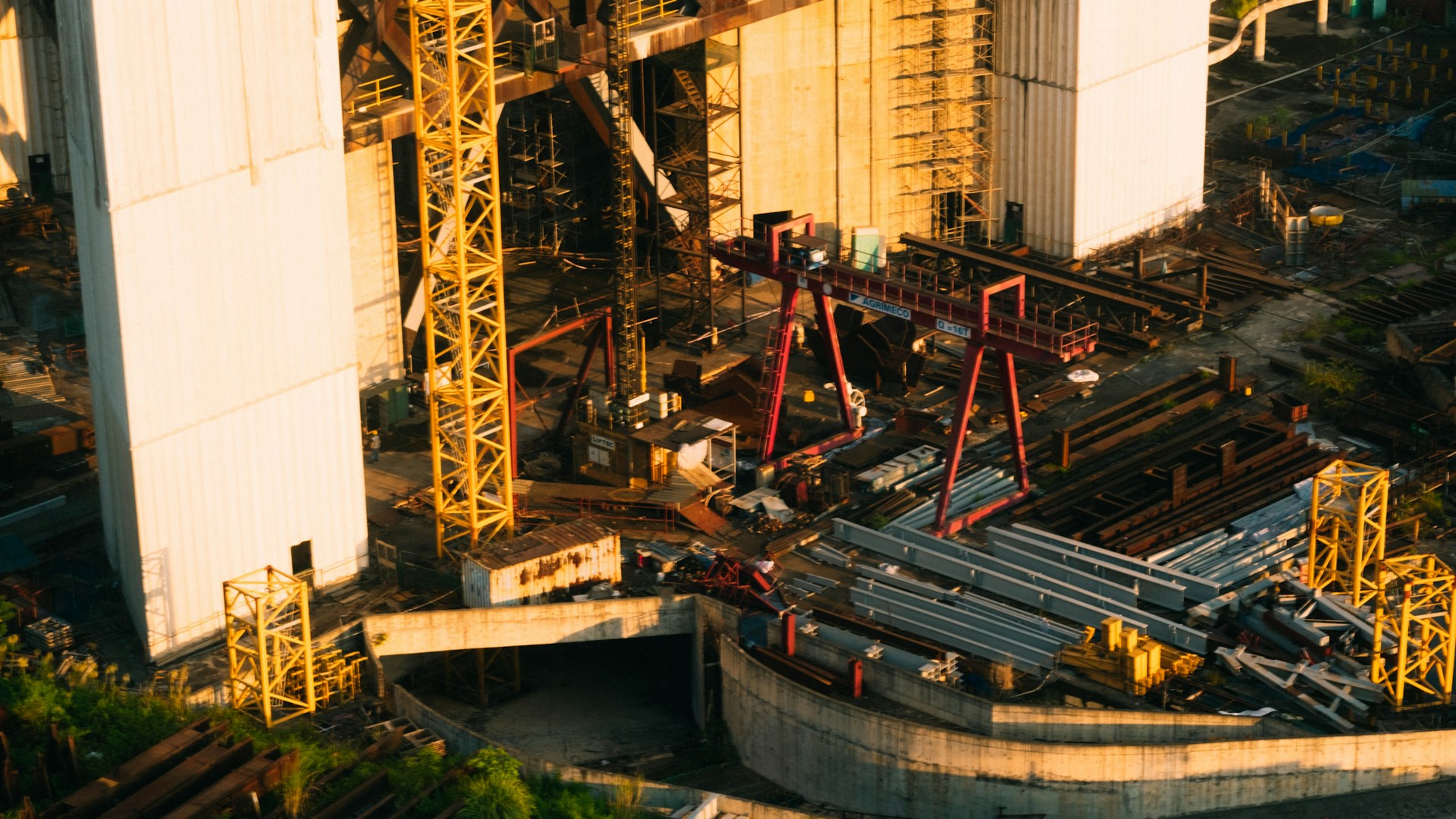

Question: What are the Pros and Cons of Gentrification?
Answer: The pros of gentrification include economic investment, improved infrastructure, and reduced crime. The cons include displacement of lower-income residents, loss of cultural identity, and increased cost of living.
Weighing the Pros and Cons of Gentrification
Gentrification, the process of wealthier residents moving into lower-income neighbourhoods, is a complex phenomenon with far-reaching consequences. While it can revitalize neglected areas and boost the local economy, it can also displace long-term residents and disrupt the social fabric of a community. This article explores both the positive and negative aspects of gentrification, helping you understand its multifaceted impact. [ 1 ]
Economic Renewal: A Boost for Local Businesses
One of the most frequently cited benefits of gentrification is the economic renewal it brings to neighbourhoods. The arrival of wealthier residents with higher disposable incomes can lead to an increase in demand for local businesses. This can revitalize struggling shops and restaurants, and encourage the opening of new businesses that cater to a different clientele.
The influx of new businesses can create jobs in the neighbourhood, offering employment opportunities for residents. Increased economic activity can lead to higher property values and tax revenue, which can be used to fund improvements in infrastructure and public services.
However, it’s important to consider whether these economic benefits are shared by all residents. Gentrification can sometimes lead to the displacement of existing businesses, particularly those that cater to lower-income residents. Rising rents and property taxes can make it difficult for some residents to remain in the neighbourhood, potentially limiting their ability to benefit from the economic boom.
Click here for more information on the best house estimate
Click here for more information about the effects of gentrification
Related Article: How to Revitalize Without Gentrification?
Related Article: How Does Gentrification Affect the Environment?
Community Uplift: Improved Amenities and Safety
Gentrification can also lead to improvements in the overall quality of life in a neighbourhood. New residents might advocate for investment in public spaces like parks, playgrounds, and community centres. This can create more attractive and welcoming spaces for residents of all ages.
Gentrification can sometimes be associated with a decrease in crime rates. Increased investment in public safety measures and a greater sense of community vigilance can contribute to a safer environment for residents.
However, the improvements associated with gentrification can sometimes come at a cost. The focus on attracting wealthier residents might lead to the neglect of the needs of existing residents. Community centres and programs might become geared towards a different demographic, leaving long-term residents feeling excluded.
Social Disruption: The Displacement Dilemma
One of the major drawbacks of gentrification is the displacement of long-term residents, particularly those on low or fixed incomes. Rising rents and property taxes can force residents to relocate to further-flung neighbourhoods, often with fewer amenities and lower-quality schools.
This displacement can disrupt social networks and sever ties with neighbours, friends, and family members. The loss of these connections can have a negative impact on mental and physical well-being, particularly for vulnerable populations like seniors or people with disabilities.
Furthermore, the displacement of residents can weaken the social fabric of a neighbourhood. Long-term residents often contribute to the unique character and cultural identity of a place. Their loss can lead to a sense of homogenization and a loss of the neighbourhood’s original charm.
Preserving Character: Balancing Change and Tradition
The influx of new residents and businesses can revitalize a neighbourhood, but it’s important to strike a balance between progress and preservation. Gentrification can sometimes lead to the loss of a neighbourhood’s unique character, as historic buildings are demolished or renovated beyond recognition.
Efforts to preserve historic buildings and cultural landmarks can help maintain the neighbourhood’s character and sense of place. Encouraging new businesses to respect the existing architectural style and integrate into the neighbourhood’s fabric can help ensure a more harmonious transition.
Finding ways to involve long-term residents in the planning process and decision-making is crucial. Their input can help shape the future of the neighbourhood in a way that respects its heritage while embracing positive change.
A Call for Equitable Gentrification: Benefits for All
While gentrification can have negative consequences, there are ways to mitigate them and promote a more equitable form of neighbourhood change. Strong rent control measures and robust affordable housing programs are essential to ensure that long-term residents can remain in their neighbourhoods.
Investing in public services and programs that benefit all residents, regardless of income level, is important. This can help ensure that the economic benefits of gentrification are shared more broadly.
Please visit the this page here to learn more about Jennifer Jewell and how she can help you
Fostering a sense of inclusion and belonging for all residents is essential. This can involve supporting community events that celebrate the neighbourhood’s diversity and encouraging new residents to connect with long-term residents.
By working together, residents, policymakers, and community organizations can strive for a form of gentrification that benefits all, not just newcomers. Gentrification can be a catalyst for positive change, but it’s crucial to ensure that change happens in a way that is inclusive and promotes a strong sense of community for all residents.
References
1. https://robertsmith.com/blog/gentrification-pros-and-cons/


